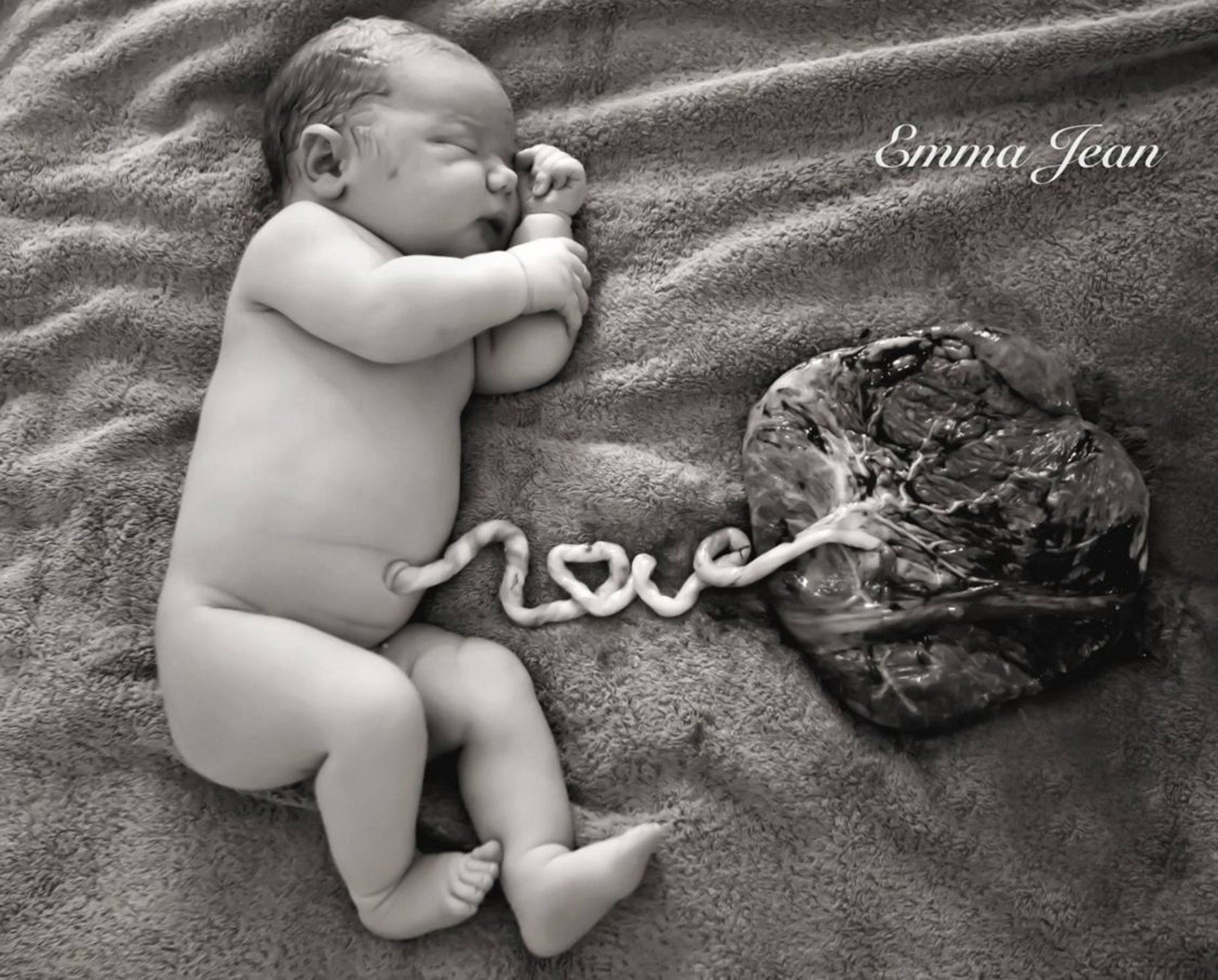Facebook photo of baby with his placenta still attached prompts discussion about Maori post-birth rituals
According to Maori tradition, burying the placenta forges a connection between the baby and mother nature

Your support helps us to tell the story
From reproductive rights to climate change to Big Tech, The Independent is on the ground when the story is developing. Whether it's investigating the financials of Elon Musk's pro-Trump PAC or producing our latest documentary, 'The A Word', which shines a light on the American women fighting for reproductive rights, we know how important it is to parse out the facts from the messaging.
At such a critical moment in US history, we need reporters on the ground. Your donation allows us to keep sending journalists to speak to both sides of the story.
The Independent is trusted by Americans across the entire political spectrum. And unlike many other quality news outlets, we choose not to lock Americans out of our reporting and analysis with paywalls. We believe quality journalism should be available to everyone, paid for by those who can afford it.
Your support makes all the difference.A Maori couple has posted a photo of their newborn baby with his placenta cord spelling out the word “Love” and inspired a discussion of traditional post birth rituals.
Next to the image of baby Harper taken by professional photographer Emma Jean it explained the placenta would now be buried in accordance with Maori tradition.
It explained that the words for land and placenta “whenua” are the same and the ritual of burying the placenta symbolised the connection between people and the land.
The post said: “The word 'whenua' relates to the placenta and to the land. Whenua (placenta) is returned to the whenua (land) with the pito (umbilical cord) the link between the newborn and papatuanuku (mother earth).
“With this affinity established, each individual fulfils the role of curator, for papatuanuku, which remains life long.”
Commenting on the post, mothers from around the world - both Maori and non-Maori - shared how they chose to mark the birth of their children.
One mother said she had buried the five placentas from her children’s births and they refer to the trees plant above them by their names.
Another said it was also a Tongan tradition and all of her children and grandchildren’s placentas are buried at her house.
One woman said she buried her son's placenta on her great-grandmother's grave to mark the closet relationship she had with her when she was alive.
One poster, Tiria Tiria, said Cook Islanders also followed the tradition and believed children developed personalities that were connected to the plant that grew in the ground where it is buried.
For instance "the most popular belief is that "coconut tree" kids are hard-heads or tough, or that "lemon tree" kids are sour and easily angered".
Join our commenting forum
Join thought-provoking conversations, follow other Independent readers and see their replies
Comments